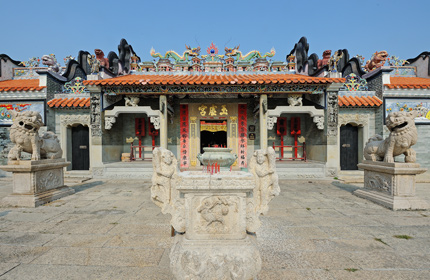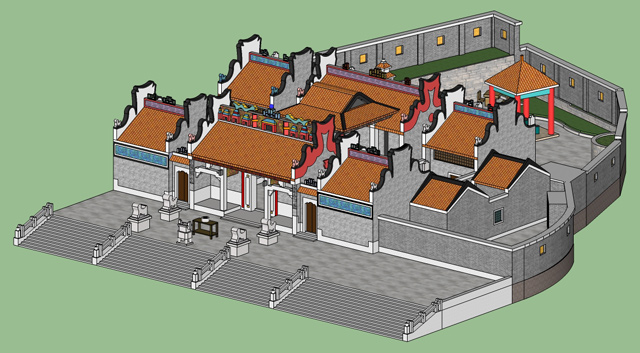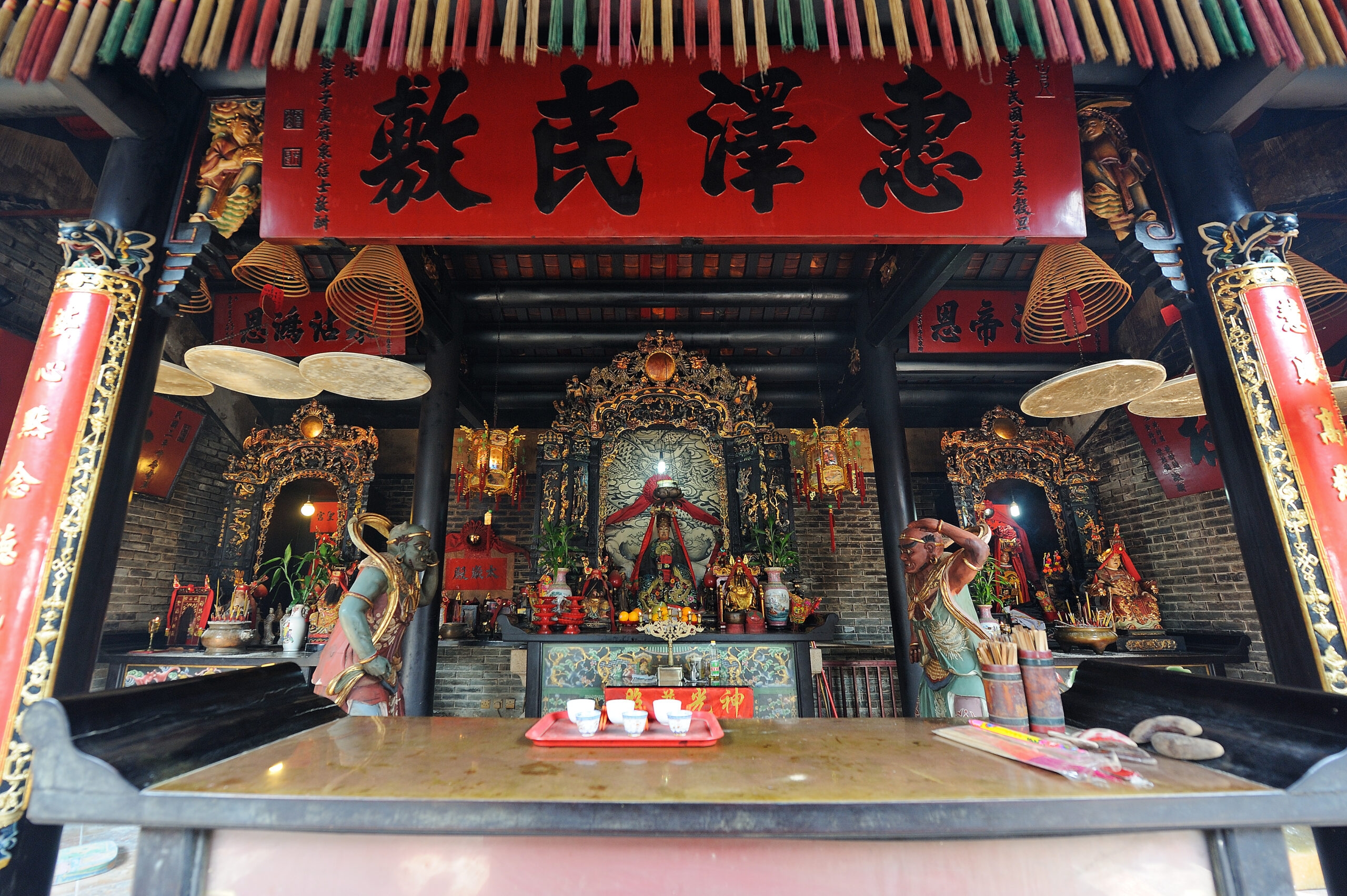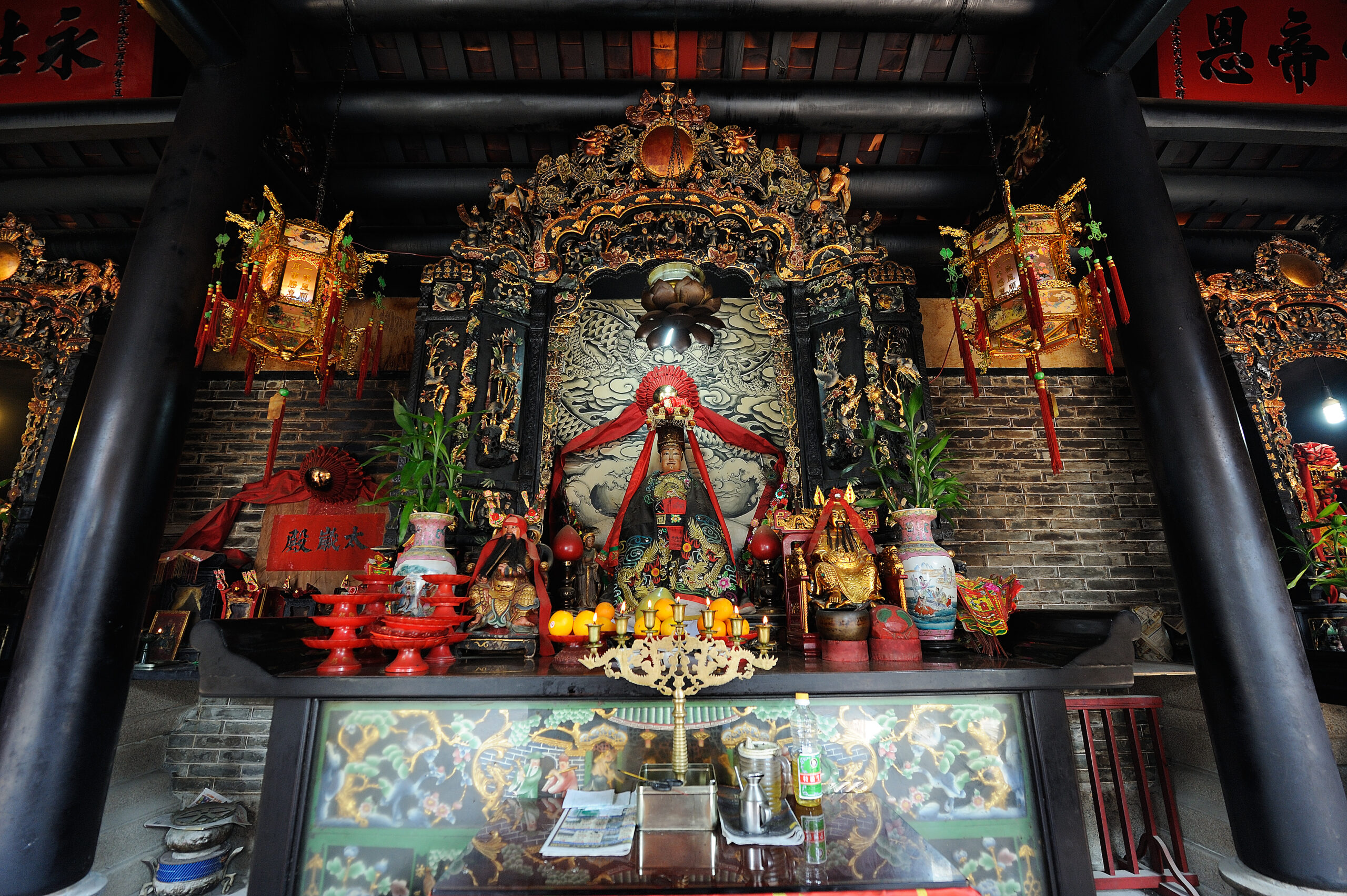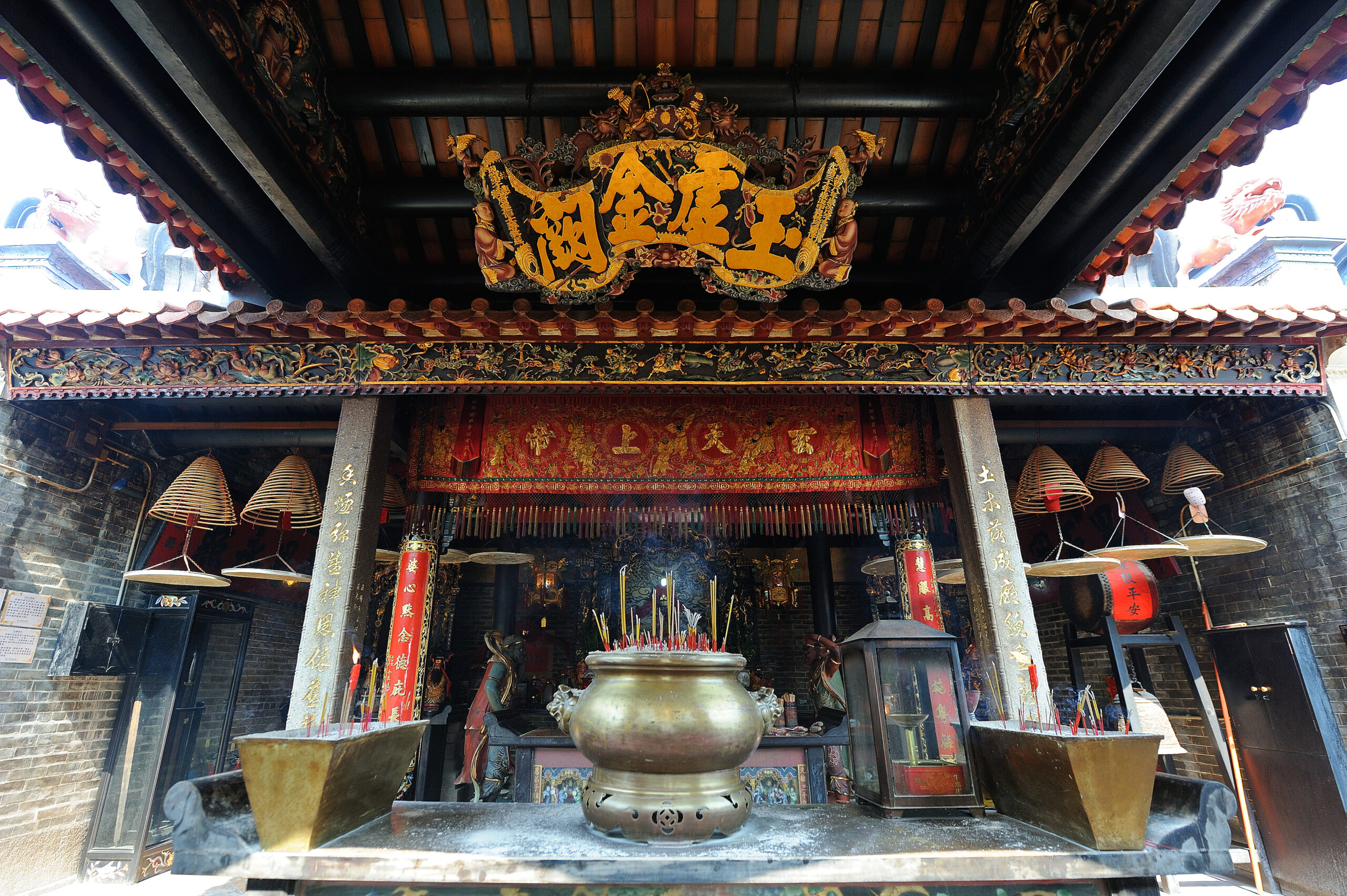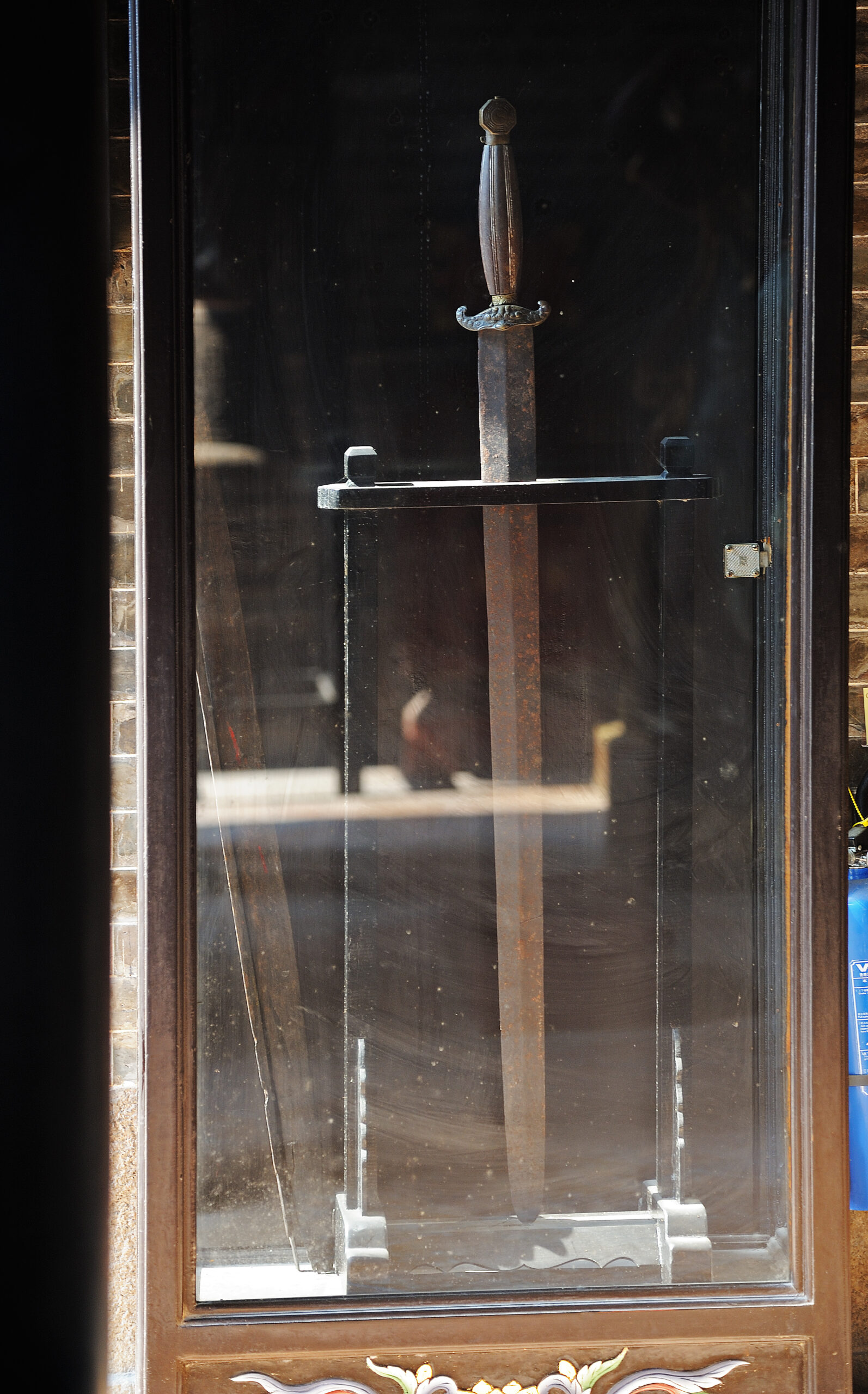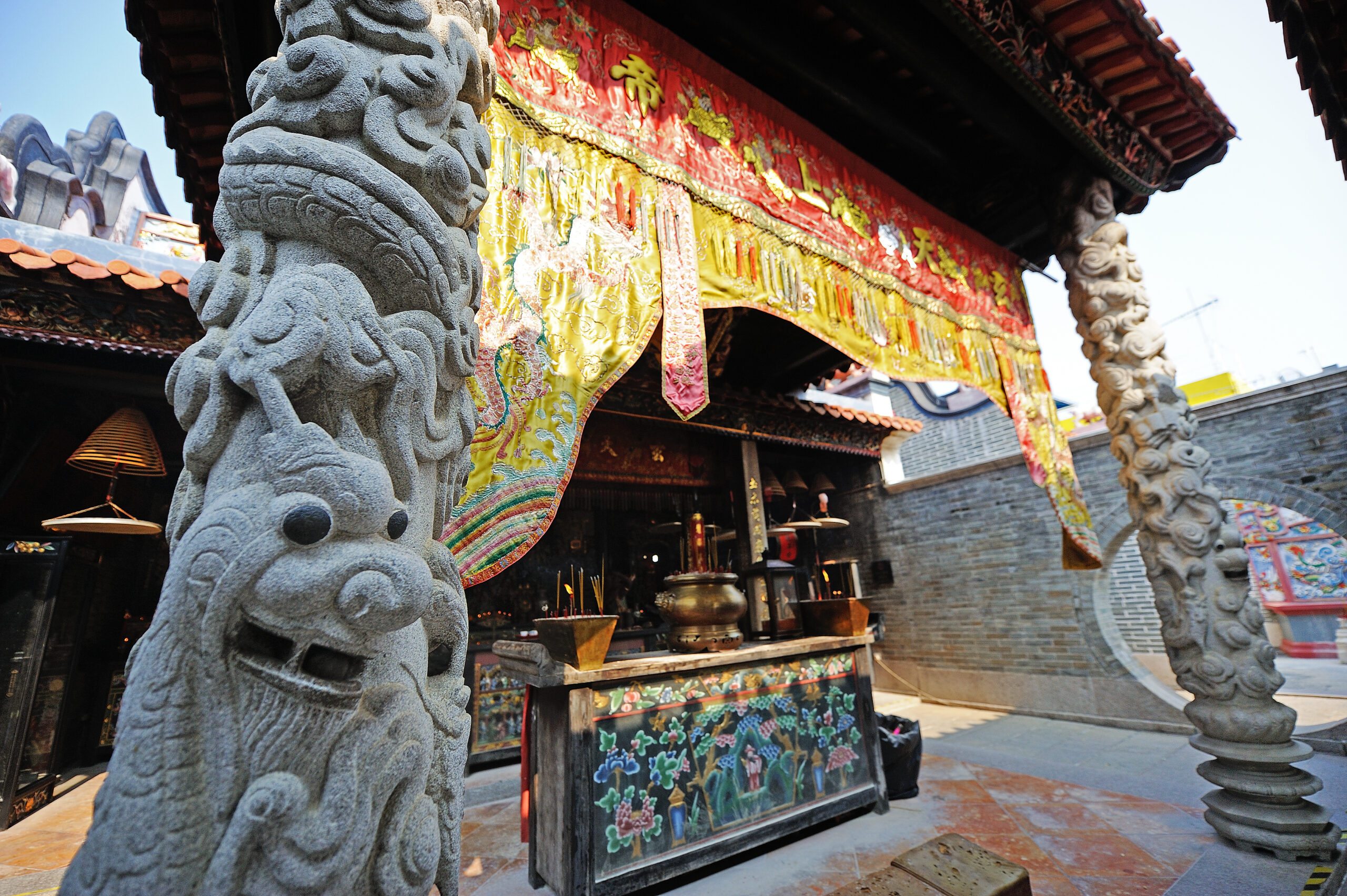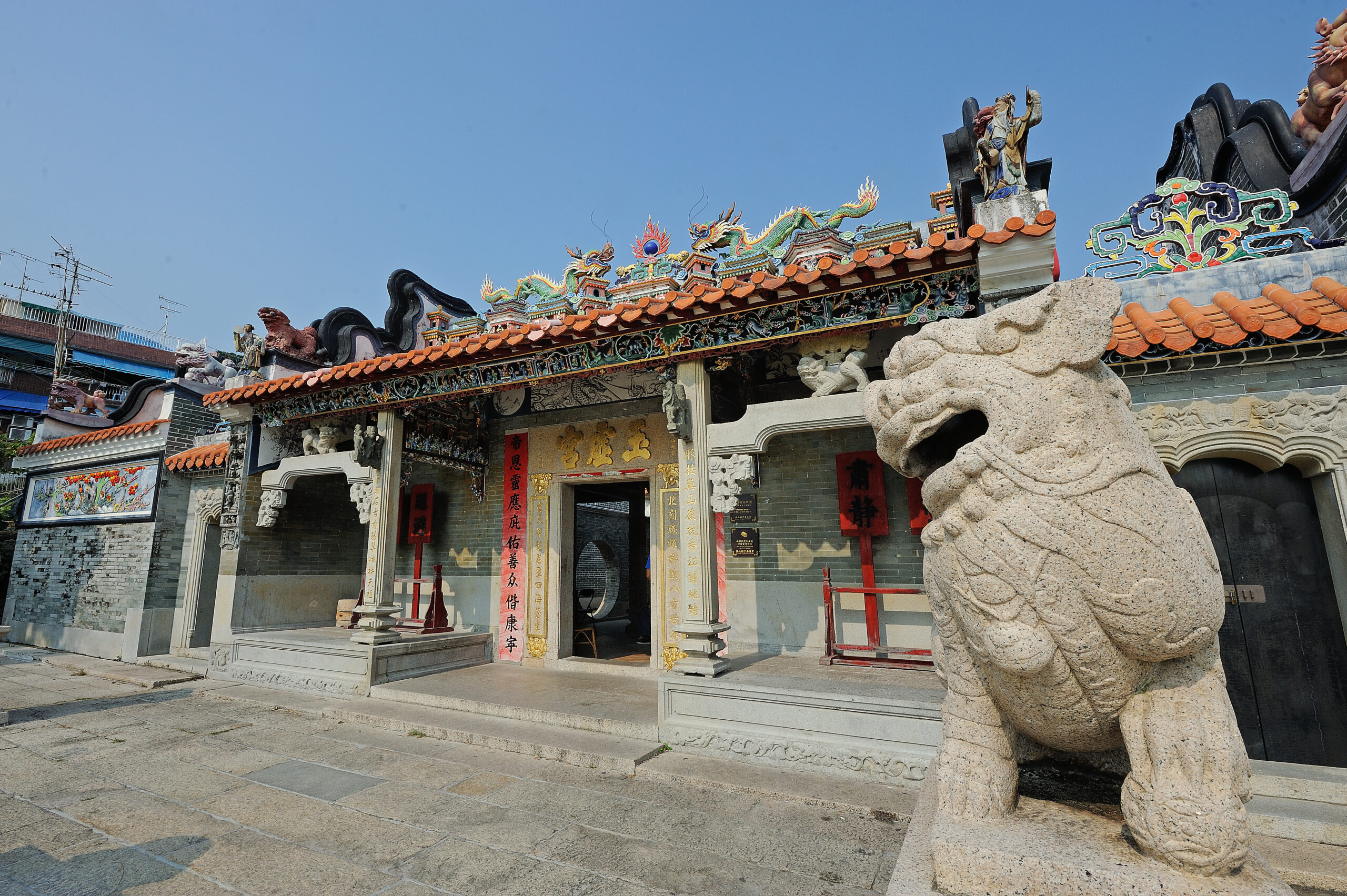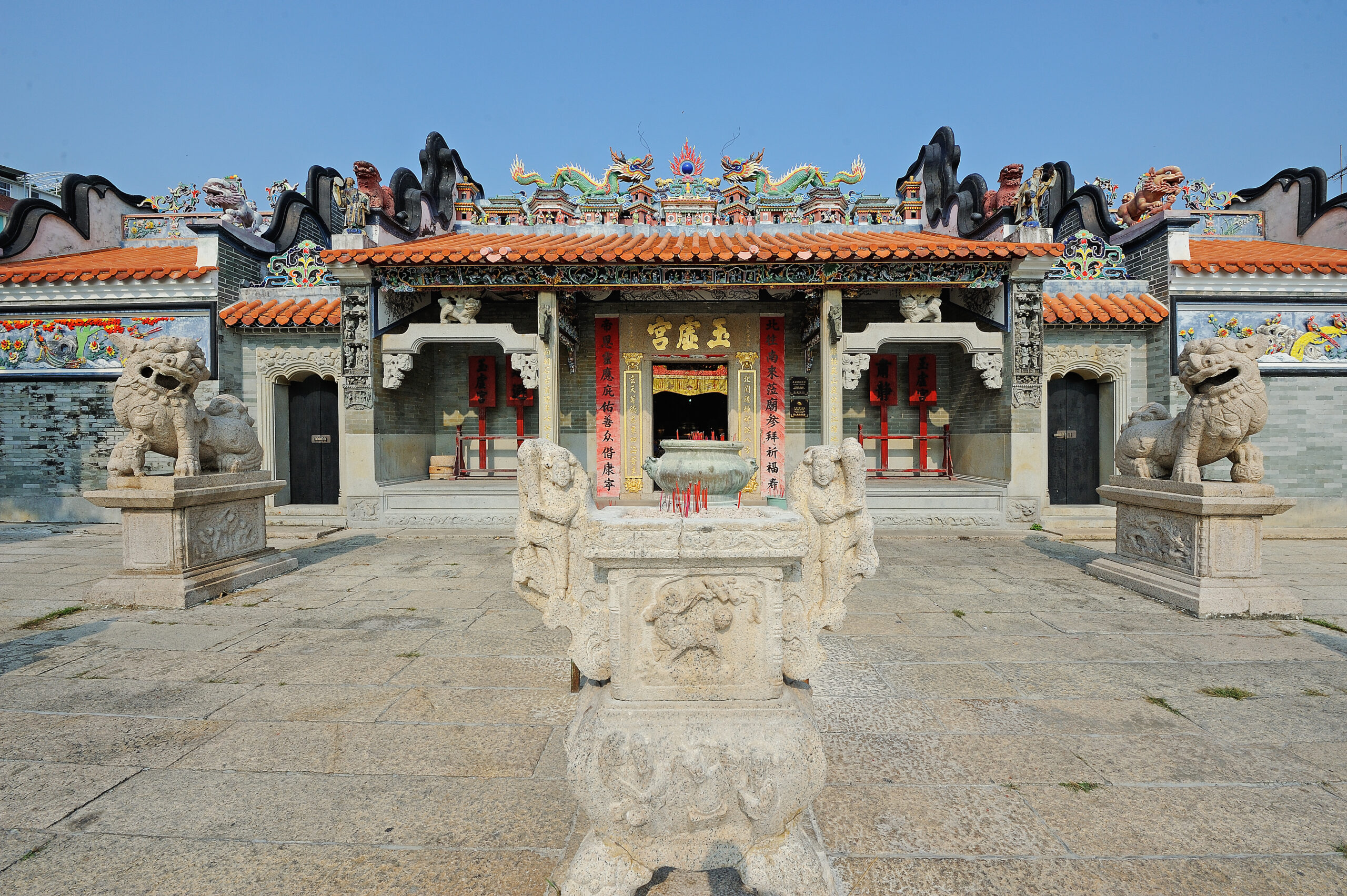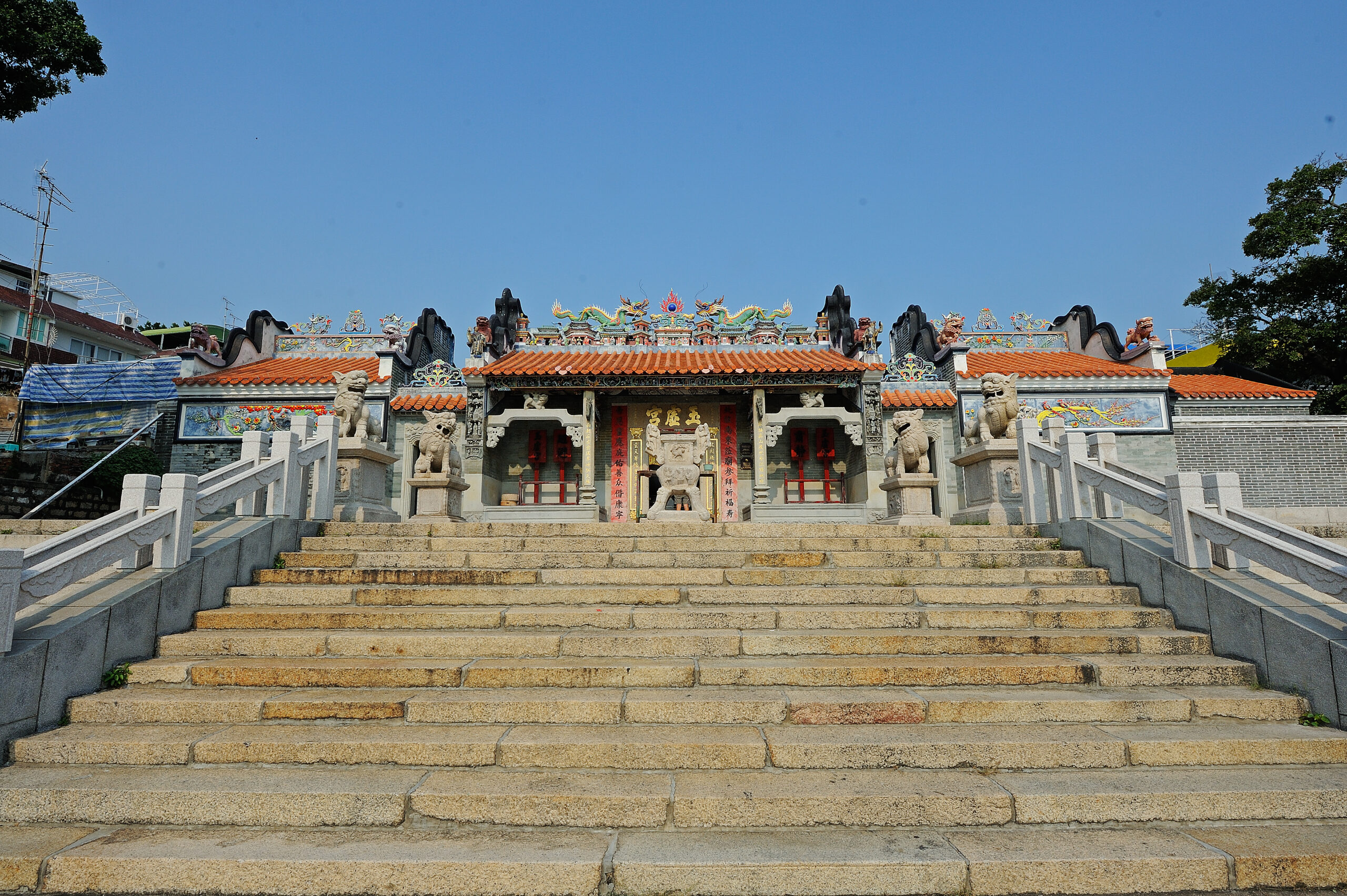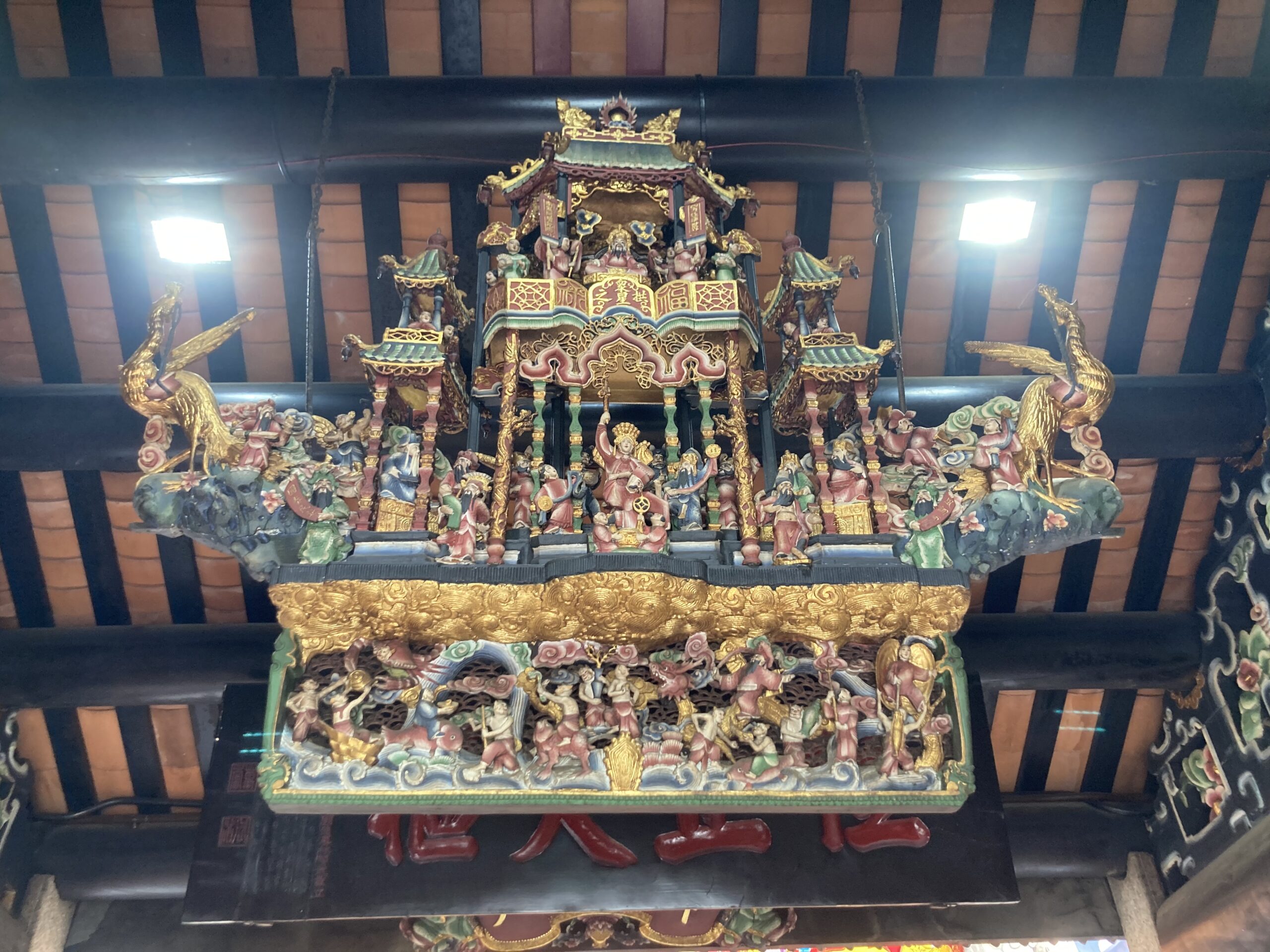Administered Temples
Yuk Hui Temple (Pak Tai Temple), Cheung Chau
Address
Pak She St., Cheung Chau.
Pak She St., Cheung Chau.
Public Transport
Take the ferry to Cheung Chau at the Central Outlying Islands Pier (Please refer to Ferry Service Timetable)
Opening Hours
7:00am to 5:00pm daily
7:00am to 5:00pm daily
TEL No.
2981 0663
2981 0663
1. Octopus
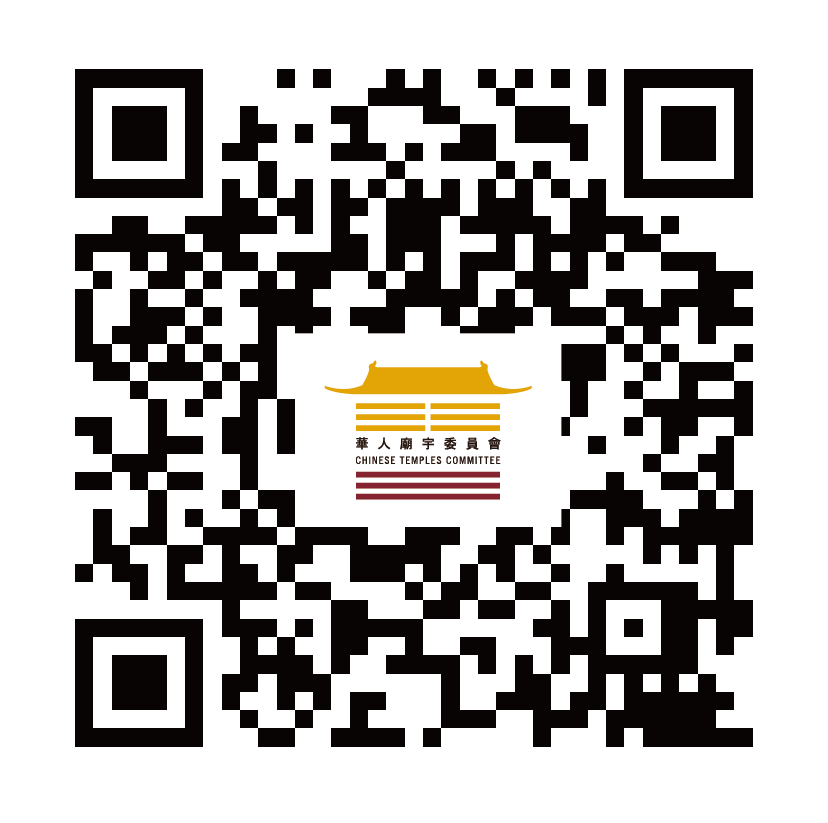
Please use your mobile to scan this QR code to make donation via Octopus:

2. AlipayHK

Please use your mobile to scan this QR code to make donation via AlipayHK:


